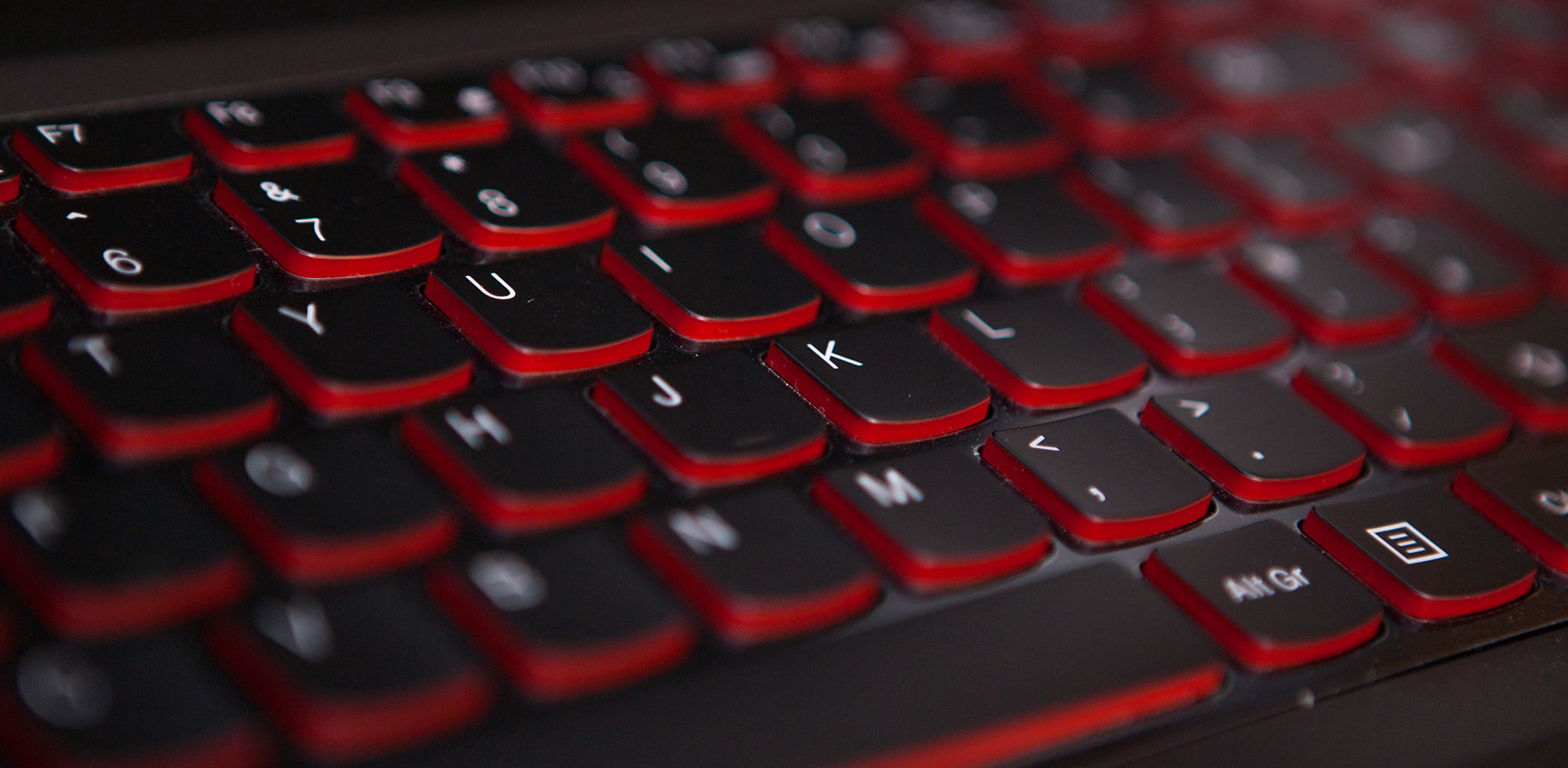Which individuals or institutions require these services?
Phonetic transcripts are very useful for foreign language students and teachers, as well as linguists, speech-language pathologists, lexicographers, translators, singers, actors and constructed language creators. In each of these fields, careful consideration is given to the way that language is produced. There is a focus on different speech sounds and a study of pronunciation; phonetic transcription facilitates this.
Types of documents that may require phonetic transcription
- Essays
- Books
- Language textbooks
- Dictionaries,
- Song lyrics (classical singers are frequently required to sing in a variety of foreign languages & so they make use of phonetic transcription)



